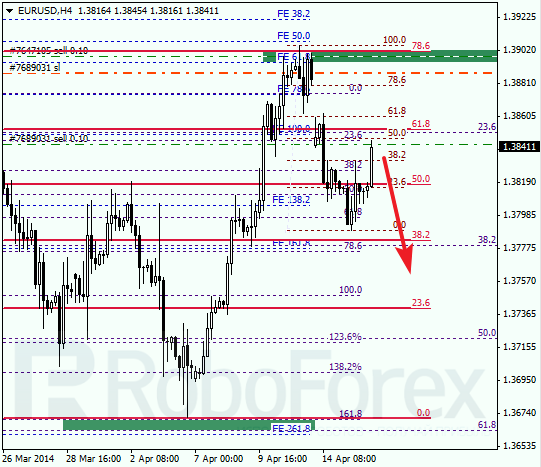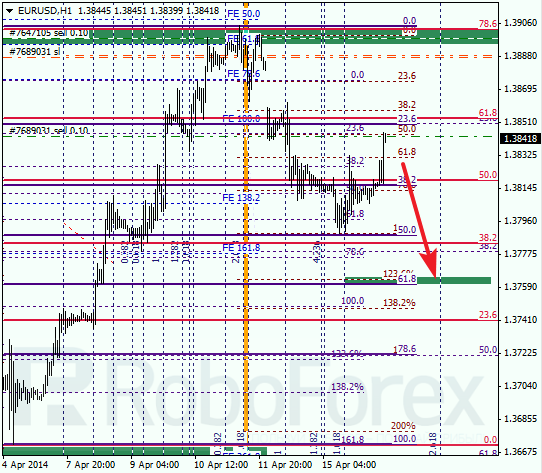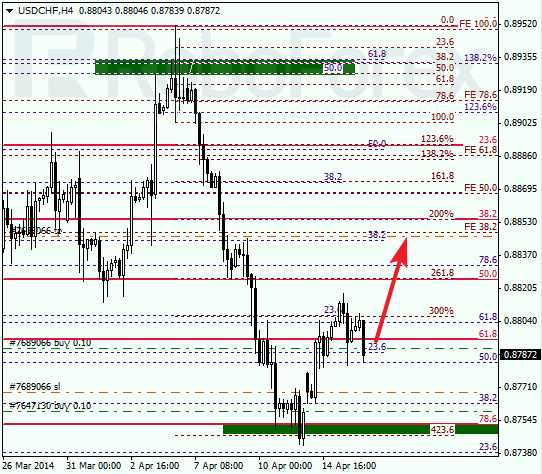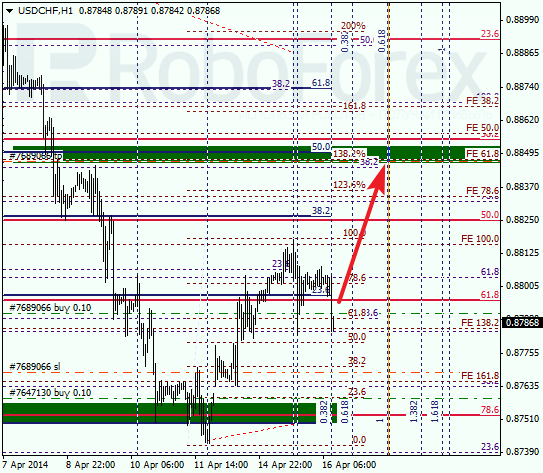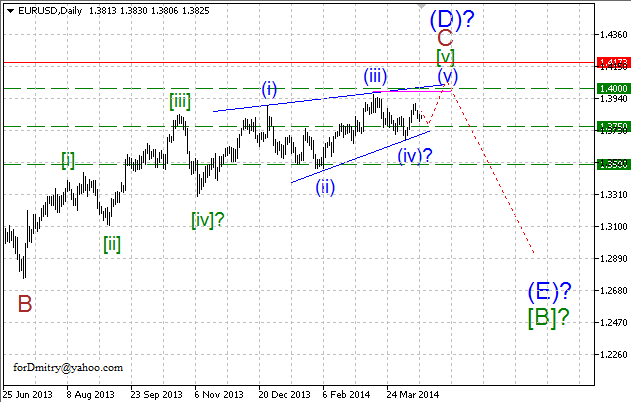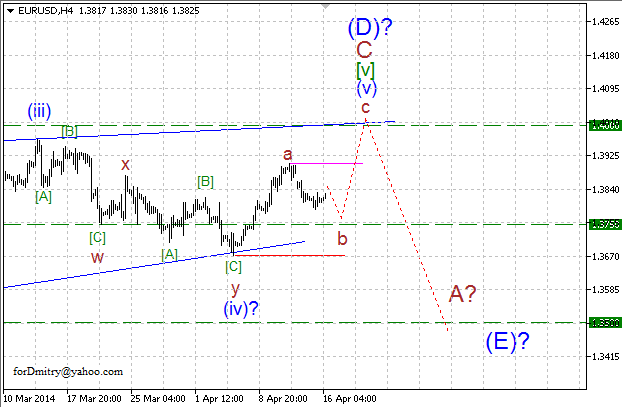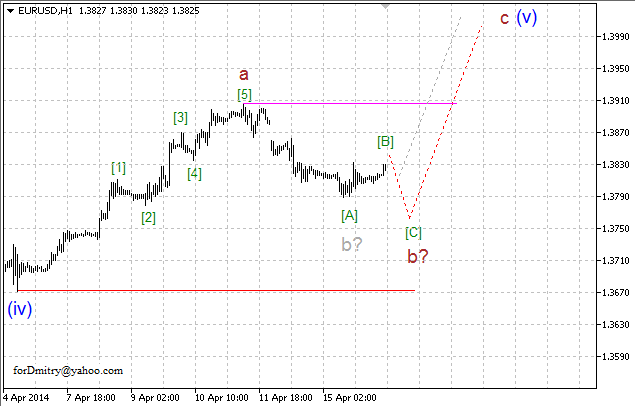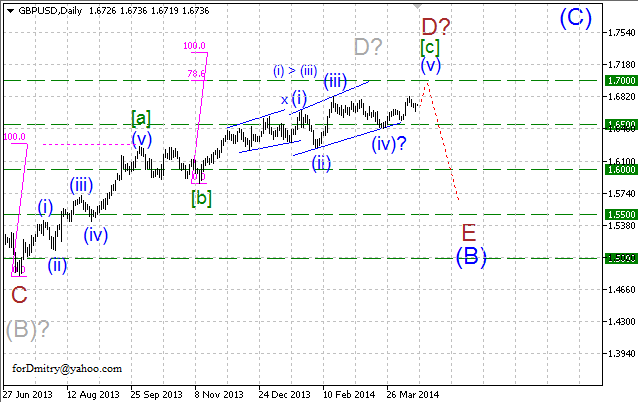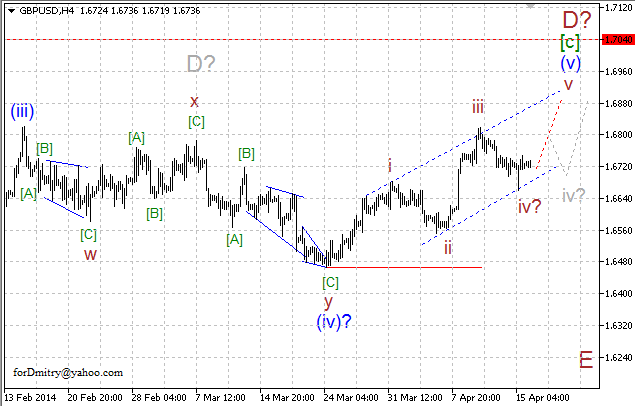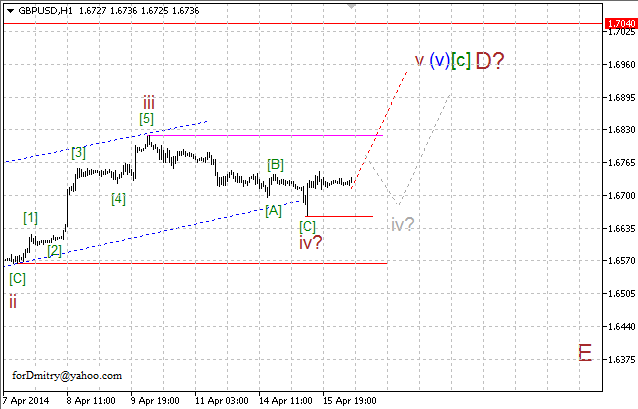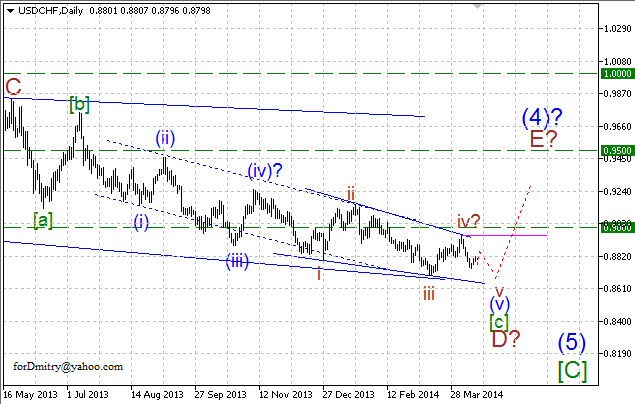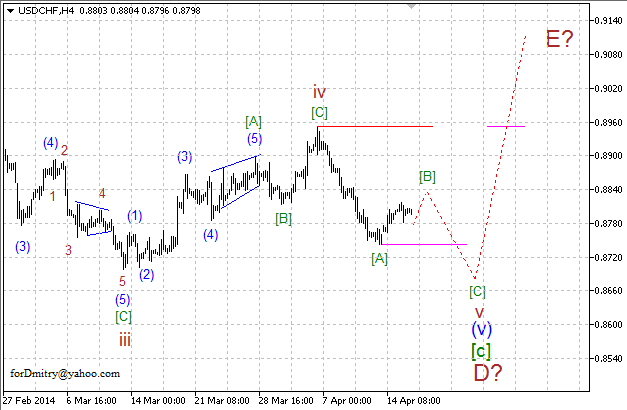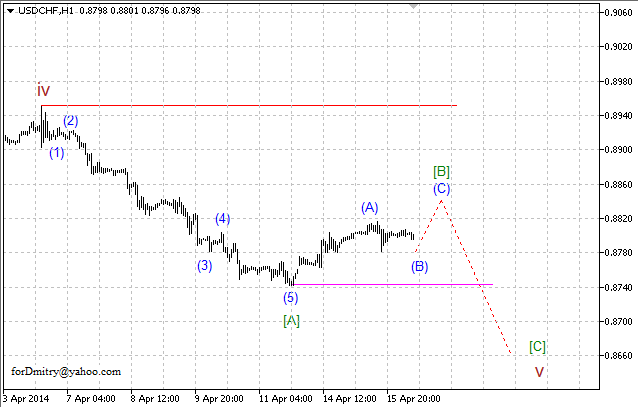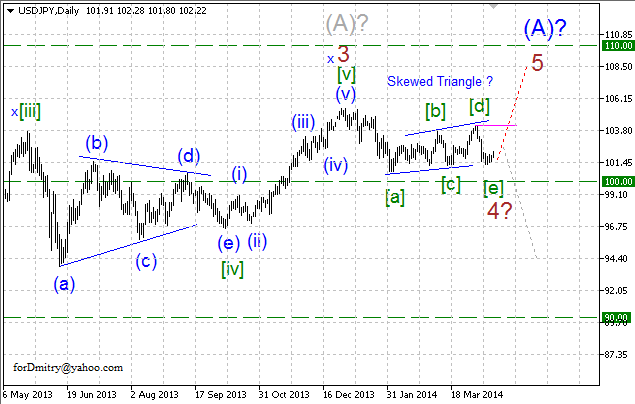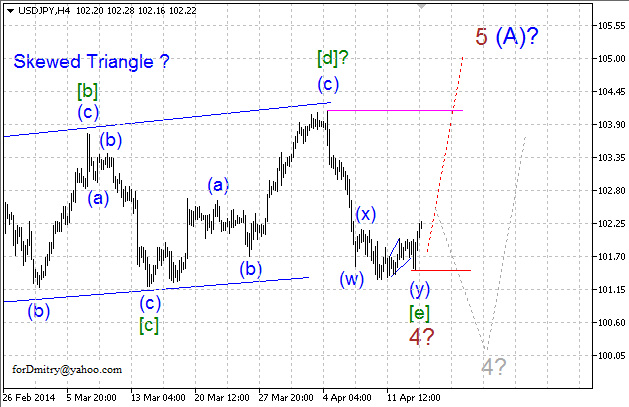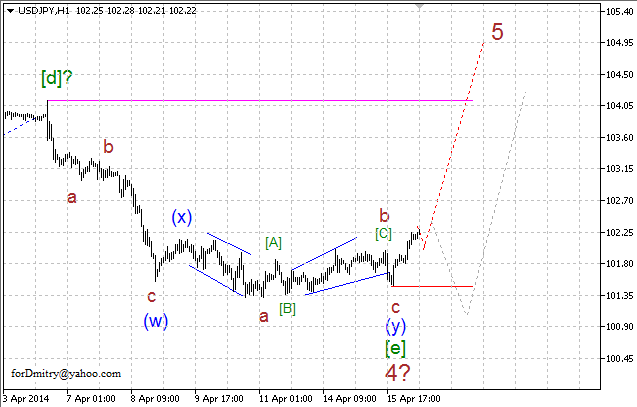Source: Brian Sylvester of The Mining Report (4/15/14)
https://www.theaureport.com/pub/na/three-key-metrics-to-identify-a-superstar-investment
Etienne Moshevich, editor of Alphastox.com, looks at three things before he decides to get excited about a company: people, projects and structure. In this interview with The Mining Report, Moshevich explains his ground-up approach to evaluating junior resource companies and names the names that are set to rake in the profits.

The Mining Report: Alphastox.com follows junior equities in everything from gold, silver and diamonds to uranium, oil and gas. Why did you choose those particular market segments?
Etienne Moshevich: If you invested wisely and at the right time—meaning in companies that have the right management teams, the right projects and the right capital structure—there’s a lot of upside in those segments. Every day I come to work, there’s a new opportunity for me to relay to my subscribers.
TMR: Alphastox.com is part of the larger Transcend Resource Group. How do you remain independent in your coverage?
EM: I’m totally open in terms of my disclosure for every company I feature.
If I think a company offers good growth opportunity, I want to feature it, to help it build a track record. I’m very open about whether I’ve been paid, whether I own stock and at what price or if I’m just looking at becoming an investor. I often feature companies that don’t pay me or that are not Transcend clients.
TMR: In a recent research report you wrote that the junior mining sector is “not where it was in 2009, but it’s definitely getting better.” What makes you think that?
EM: In the last three months, more money has poured into the junior markets than in all of 2013. A lot more financings are being done. Banks are starting to raise money for exploration and development plays. Investors see that the game is back on; the institutional side is showing more interest.
The retail side is starting to follow along. You see transactions like Goldcorp Inc.’s (G:TSX; GG:NYSE) bid to take over Osisko Mining Corp. (OSK:TSX). You see Yamana Gold Inc. (YRI:TSX; AUY:NYSE; YAU:LSE) buying 50% of Osisko’s assets. People see quality assets getting the recognition they deserve, and the market is reacting.
TMR: You’ve written about mitigating risk in the junior resources market. How can investors reduce risk in their resource portfolio?
EM: To lower risk, number one, you have to diversify. Out of the 10 junior listed companies one invests in, some lose market share, and a couple may stay even, but you really hope one makes it big—hopefully big enough to pay off all the other losses and then some. That’s the name of the game.
However, the amount of capital needed to invest in several companies at the same time can pose a problem. Second, many retail investors don’t have the necessary expertise to invest in the right company at the right price. That is why investors would greatly benefit by investing in a public vehicle that has the right management team to intelligently invest their capital. Zimtu Capital Corp. (ZC:TSX.V) is a perfect example of this. By investing in one entity like a Zimtu Capital, you not only gain exposure to a number of different companies and decrease your risk, but you are also investing in an undervalued company where its asset value is worth more than its current market cap.
Which brings me to my next point: Invest in companies that are fundamentally sound—companies that have cash in the bank, companies that are trading below cash or asset value and companies with the right structure. With the right capital structure, if the company were to make a real discovery, investors will get the appreciation and the valuation they deserve. Bottom line, you need to invest in companies with sound assets, whether that be cash or a project with real assets that can be objectively valued.
TMR: How do you determine which companies fit that profile?
EM: I look first at capital structure, even before looking at the people and the project. Oftentimes, companies with great management and great projects don’t get the valuation they deserve because there’s too much stock out there.
I need to know where 70–80% of the stock is before deciding to get involved in the deal. If you have investors with similar mindsets all rowing the boat in the same direction, you have a higher chance of success.
When it comes to people, I look at track records. I look for success; not just one discovery, but multiple successes.
TMR: How much do you like to see owned by the management team?
EM: I need to see at least 10% management ownership. If it’s not good enough for management, how can it be good enough for others to invest in?
I make sure management is writing a check at the same level that I’m writing a check; that management is buying stock in the market and putting it out on its Canadian Insider reports.
TMR: How do you react if management starts selling?
EM: I don’t come to any conclusions right away. I speak with the CEO and get his reasons for the sale, then decide whether I’m positive about the sale or not. Often, management will sell some stock, but will come back into the private placement if the company is doing one. I’m fine with that.
Generally however, I try to make sure that a lot of the management stock is tied up so it can’t be sold easily. If management sells into the market, no matter what the reason, the market will react negatively. It damages confidence. You can’t blame the market for that.
TMR: Let’s turn to your thesis for the oil and gas sector for 2014 and beyond.
EM: Oil and gas prices are going higher. I see a narrowing spread between West Texas Intermediate (WTI) and Brent. Canadian companies are now paying for their operations in Canadian dollars, but are getting paid back in U.S. dollars. Geopolitical issues are creating higher demand for North American supply. The gloom and doom that hung over the sector due to worries over Canadian oil and gas production are fading. These are all positive signs.
Given increased demand for natural gas, I see those prices stabilizing in 2014.
TMR: Which companies do you follow in the oil and gas space?
EM: Crocotta Energy Inc. (CTA:TSX) is one. It’s about a $350 million ($350M) market cap company that does about 10,000 barrels oil equivalent per day (10 Mboe/d). The company is targeting its Edson play in Alberta and the Montney play out of British Columbia. Crocotta is taking a conservative approach to growth, going after stable and proven fields.
Jagercor Energy Corp. (EM:CNSX; JAMTF:OTC) is basically a shell company right now; it has no asset. However, I invested in its last private placement at $0.20/share because I’m betting on the management team. The company is run by Matias Bullrich. He spent 11 years at Morgan Stanley structuring energy deals in Argentina, which is where Jagercor is looking for an asset. I’m betting on Bullrich and CEO Edgardo Russo, an ex-YPF guy, to pick a good asset and get it financed.
Two years ago, no one in the oil and gas sector was bullish on Argentina because of the YPF SA (YPF:NYSE) expropriation. Today, a lot more positive sentiment and capital are going into the country. Chevron Corp. (CVX:NYSE), Royal Dutch Shell Plc (RDS.A:NYSE; RDS.B:NYSE) and Wintershall Holding GmbH are paying between $7.5–10K/acre. Yesterday, YPF and Chevron signed an agreement to invest $15 billion ($15B) over 35 years. That’s giving more confidence to the space.
TMR: Jagercor dropped 7% in one day in early April. Is volatility like that common with these stocks?
EM: Yes. If you’re looking at it as a penny stock, that means the stock went down two pennies from $0.27 to $0.25/share. That might not seem like a lot, but yes it is 7.5%. Investors need to be aware that penny stocks are risky. Your portfolio can go up 10–50% or down 70–80% in a day. You have to be patient.
TMR: Are there any other oil and gas companies you want to discuss?
EM: I follow Cub Energy Inc. (KUB:TSX.V), which has assets in Ukraine. The company is doing about 1,800 boe/d. Mikhail Afendikov, its president and CEO, has lots of experience in the region. The company just announced that it is drilling its O-11 development well. Cub owns 30% of that well.
TMR: KUB-Gas LLC owns the other 70%. What’s the relationship with KUB-Gas?
EM: KUB-Gas is Cub Energy’s subsidiary. Cub Energy has a 30% ownership interest in KUB-Gas.
TMR: This story is really about the netbacks isn’t it?
EM: Yes. Cub’s netbacks are very high, something I look for when evaluating oil and gas companies.
Two other companies I follow, in totally different jurisdictions, are Taipan Resources Inc. (TPN:TSX.V)and High North Resources Ltd. (HN:TSX.V).
I took a position in Taipan’s latest financing at $0.36/share. The company has assets in East Africa. Africa Oil Corp. (AOI:TSX.V) got a massive valuation for its discovery in the same area. If Taipan does the same, the market will react and move the stock a lot higher.
High North is targeting its Montney wells in Alberta. The company just closed about $8.5M on a convertible debenture led by GMP Capital Inc. High North is doing about 350 bbl/d now. We saw great results from its first two Montney wells and I expect more from the third well that it is drilling now. President and CEO Collin Soares has been very successful with privately held companies. He has the right people in place to guide High North on the public side.
TMR: Is it easier for companies to get financing through private placements, given that capital is more difficult to come by these days?
EM: Definitely. Sentiment is becoming more positive. Investors are more willing to put money into the right deals. Companies are more able to raise money without having to restructure. But both retail investors and the investment banks are a lot pickier in terms of which deals they decide to raise money for. That weeds out a lot of the deals that should not be in the game in the first place.
TMR: Uranium is another energy play getting fresh attention. Is that just about Fission Uranium Corp.’s (FCU:TSX.V) big discovery in the Athabasca Basin or is this a larger story?
EM: In the long term, the outlook for uranium is positive, and the discovery that Fission and Alpha Exploration Inc. (AEX:TSX.V) made in the Athabasca Basin is huge. There were only three big winners in 2013 for investors, in terms of penny stocks going to multiple dollars: Zenyatta Ventures Ltd. (ZEN:TSX.V)went from $0.30 to $5/share, Alpha went from $0.20 to over $7.50/share and Fission from $0.20–0.30 to close to $2/share. When investors saw that two of the three big winners were in the uranium space, they started moving there.
TMR: Beyond the discovery itself, it was about the discovery being a different deposit model in a structure thought to be barren of uranium mineralization. This could be a game changer, no?
EM: I agree; it opens a lot of doors. People forget that Fission was spun out of Strathmore Minerals Corp. (STM:TSX; STHJF:OTCQX). Fission is exploring assets that Strathmore had not. This gives people hope that the majors may have overlooked properties and that a junior could leap to being a developer and vastly expand its market cap.
TMR: What other companies operating in the basin could benefit from this renewed interest?
EM: Skyharbour Resources Ltd. (SYH:TSX.V) is one. It’s run by Jordan Trimble. When the company got into the uranium sector, it syndicated with a few partners. Now, it’s the largest landholder around Fission’s discovery. Skyharbor is fully funded for this program.
TMR: To some investors, Jordan Trimble might seem rather young. What would you say to them?
EM: He is young, but I’d much rather invest with somebody who’s willing to work and market his company every single day. I don’t care how old somebody is. Skyharbor stock more than tripled from $0.04 to $0.14/share over the last year, so he has made his investors substantial profits. All that matters are the returns, and Jordan Trimble has delivered them so far.
I judge people on track record and what they can bring to the table. He is an extremely hard worker. He brought a lot of contacts from the market side into the business when he stepped in as president and CEO. He’s always willing to tell his story, nonstop.
Trimble has the right team in place. Skyharbour has the right advisors helping run the field and exploration programs, people like Thomas Drolet, Rick Kusmirski, who ran JNR Resources Inc. (JNN:TSX.V; JNRRF:OTCPK), and Jim Pettit, the CEO of Bayfield Ventures Corp. (BYV:TSX.V). These are successful people. Any successful company needs one guy who knows the geology and the project inside out, and can lead a drill program. You need guys with capital markets experience and capital markets contacts. Jordan brings those contacts to the table.
TMR: Skyharbour just acquired 60% of the Mann Lake uranium project. What do you make of that?
EM: I think Skyharbour got a great project at a cheap price, for $15,000 and 1M shares. It offers investors a nice bonus property. Mann Lake gives Skyharbour another chance to make a discovery in the basin.
TMR: What other companies do you follow in the Athabasca Basin?
EM: Lakeland Resources Inc. (LK:TSX.V) has done extremely well for investors, going from $0.10/share to a high of $0.295 in January.
Lakeland’s President and CEO is Jonathan Armes. He has great support for financing and market from Dave Hodge and Ryan Fletcher of Zimtu Capital, one of Lakeland’s largest shareholders. It may take some time, but we see Lakeland rewarding shareholders over the next three to six months. Recently, Lakeland did an option with Declan Resources Inc. (LAN:TSX.V), another company that I’ve talked about and whose stock I own. Declan has an option to earn up to 70% of Lakeland’s Gibbon’s Creek project by incurring $6.5M of staged exploration expenditures.
Lakeland has a great model and a very tight share structure. At Gibbon’s Creek, for example, Declan is committed to spending about $1.25M in the first year. Declan brings a great team to the table, as well with David Miller as their new CEO. Miller used to run Strathmore Minerals (bought by Energy Fuels in late 2013). Altogether, both Lakeland and Declan have built a solid asset base and large scale presence in the Basin. Lakeland is well funded, having recently closed an oversubscribed $2.8M private placement and can continue to build its asset base and advance its projects by exploration, joint-ventures, and options. Look for Declan to follow suit shortly.
TMR: Moving on to copper, prices have hovered around $3/pound ($3/lb) since early March. Where do you think the price is headed?
EM: I think copper prices are going to stabilize and then could increase over the next 12–18 months.
One reason is China. I think China’s demand will rise. Chinese utilities account for around 40% of Chinese copper demand. The State Grid Corporation of China (SGSC) provides power to 80% of the world’s second largest economy. SGSC recently reported it would boost its annual investment to more than $60B. That sort of increase in capital investment should firm up or increase prices.
The second reason is supply. A number of weather issues, strikes and scheduled maintenance at major facilities flattened the growth in copper production. A hold on supply should increase the price.
TMR: Are you following any copper stories?
EM: I am. One is Kombat Copper Inc. (KBT:TSX.V). The company has the right guys in place to take the project to the next level. It just brought Justin Reed on as chairman. He is the president of Sulliden Gold Corp. (SUE:TSX; SDDDF:OTCQX; SUE:BVL) and used to be the head of mining and metals at National Bank Financial. He brings a lot of capital market experience and contacts on the Street. Kombat’s president and CEO Bill Nielsen, formerly vice president of exploration at Nevsun Resources Ltd. (NSU:TSX; NSU:NYSE.MKT), was there when that company made its big discovery on the Bisha Gold volcanogenic massive sulfide deposit.
The project in Namibia is very good. This month, Kombat will release an initial resource report, followed by a preliminary economic assessment. The initial resource will come from a historic, past-producing mine. The existing infrastructure will cut down on a lot of the cost.
TMR: Kombat owns an 80% interest in five mining licenses and five exclusive prospecting licenses. Who owns the other 20%?
EM: It varies from project to project.
TMR: What is Kombat’s core focus?
EM: It will be on the Kombat mine, the past-producing, underground copper mine I mentioned. Over 54 years, it produced 12 million tonnes (12 Mmt) of ore between 2.5–3% copper. Kombat hopes to prove there’s a lot more there.
If Kombat can show an initial resource of 2 Mmt grading at 2.5%, the company could be looking at a market cap a lot greater than where it currently stands at $16–17M. That doesn’t even take into consideration the tailings.
In its presentation, the company estimates it has 17,400 tonnes. At $6,500 per tonne, that pencils out to more than $110M. If you assume 60% recovery, that’s $68M going to Kombat.
TMR: How soon could it be in production?
EM: Probably 18 to 24 months.
TMR: Any other copper names?
EM: Freyja Resources Inc. (FRA:TSX.V) is trying to take its Las Cristinas copper project in Mexico into production. The company just raised money on the debt and equity side. The next step is to turn the company into a small-scale producer and generate real cash flow.
Alain Lambert is its chairman. He wants to fund further exploration work with the cash flow the company generates from its production, which I like. Too many companies keep going back to the public markets to raise more equity and dilute their structure.
TMR: What do you think of Mexico as a copper jurisdiction?
EM: I like it. Mexico has very rich copper resources and high grades. Some districts are favorable to mining. It drives a lot of the Mexican economy.
TMR: Do you follow any precious metals stories?
EM: Definitely. Ascot Resources Ltd. (AOT:TSX.V) just released an NI 43-101 resource of 2.85 Moz at just over 1 gram per ton (1 g/t) Indicated on its Premier/Dilworth project near Stewart, British Columbia, not far from Pretium Resources Inc.’s (PVG:TSX; PVG:NYSE) project.
Ascot’s management team is second to none. John Toffan is the CEO. He ran Westfield Securities. He took Delaware Resources from $0.30 to $26/share, by discovering gold in the Steward area. Then he started Stikine Resources Ltd., the Eskay Creek discovery that went from $0.10 to $75/share. Even better, John has brought Bob Evans, Stikine’s CFO and many of Stikine’s biggest backers to Ascot.
Ascot is close to a $95M market cap. In addition to its Premier project, Ascot has a gravel pit filled with 66 Mmt of gravel. That’s important because liquid natural gas (LNG) plants use a lot of gravel. Ascot’s Swamp Point gravel deposit could be one of the cheapest deposits around. Several LNG plants in the area are exploring a deal with Ascot. At $4.50/t, 66 Mmt is worth $300M. That’s a significant cash injection.
The company also has the Mt. Margaret project in Washington state. That is a 523 Mmt, NI 43-101-non-compliant historic resource from Duval Corp in 1980. Ascot has the Bureau of Land Management permits and will hopefully be developing that resource later this year.
I’ve also been looking at Source Exploration Corp. (SOP:TSX.V). It just announced 97 meters (97m) of 2.7 g/t gold equivalent ounces at its Las Minas project in Mexico. The results are very promising. These are shallow holes. It won’t take a lot of money. The company drilled more than 22 holes on $320K. With such low all-in costs, Ascot will be able to generate incredible results.
David Baker, who’s now the chairman of Source Exploration, accumulated his stock in Source in the market while he was still at Goldbrook Ventures Inc. The moment he sold Goldbrook for $100M to a Chinese group, he fell in love with Las Minas and decided that Source Exploration would be his next venture.
TomaGold Corp. (LOT:TSX.V) is one of the first companies I featured on Alphastox.com. The company completed a $17.5M joint venture with IAMGOLD Corp. (IMG:TSX; IAG:NYSE) recently. IAMGOLD is now heading up TomaGold’s Monster Lake project, having to spend $17.5M to acquire a 50% stake. Toma drilled a hole that hit over 237 g/t on its Monster Lake Project a couple of years ago, and the stock ran to $0.96. IAMGOLD values the Monster Lake asset at $35M and the company now has a $10M market cap and the program is just starting up again. This is a very exciting time for TomaGold. David Grondin, Toma’s CEO, is extremely hard working and always works to add value for his shareholders. One way or another, I believe in Toma and the potential of its assets and more importantly, the team which surrounds it.
TMR: One more?
EM: Sure. Great Bear Resources Ltd. (GBR:TSX.V) is looking to potentially develop a 2 Moz NI 43-101-non-compliant exploration target first drilled by Newmont Mining Corp. (NEM:NYSE) and BHP Billiton Ltd. (BHP:NYSE; BHPLF:OTCPK) in the late 1980’s. The company has a very tight share structure, with about 17M shares out. It has about $1.1M cash in its treasury. It hopes to get its exploration permit in May or June and assess its drilling options then.
Atna Resources Ltd. (ATN:TSX) is another cyanide heap-leach producer in the same county. California once posed a lot of environmental hurdles for mining. That is changing because the state is not doing very well financially.
TMR: It may be changing, but not quickly enough for the appetite of most investors.
EM: Previously, many projects couldn’t even get exploration permits because of the environmental lobbyists. That has changed; there are active mining operations in the area today.
TMR: That’s a positive outlook on an unexpected topic to end our conversation. Etienne, thanks for your time and insights.
Etienne Moshevich is the editor of Alphastox.com, a junior market newsletter featuring companies with the very best in management teams, projects and capital structures. Moshevich is also the president of Transcend Resource Group, an investor relations company based in Vancouver, B.C., specializing in exposing undervalued companies to the market place. With a degree in economics, Moshevich has helped finance many successful mining, oil and gas, technology and biotech companies over the years, many of which have rewarded shareholders with substantial returns.
Want to read more Mining Report interviews like this? Sign up for our free e-newsletter, and you’ll learn when new articles have been published. To see recent interviews with industry analysts and commentators, visit The Mining Report homepage.
DISCLOSURE:
1) Brian Sylvester conducted this interview for Streetwise Reports LLC, publisher of The Gold Report, The Energy Report, The Life Sciences Report and The Mining Report, and provides services to Streetwise Reports as an independent contractor. He owns, or his family owns, shares of the following companies mentioned in this interview: None.
2) The following companies mentioned in the interview are sponsors of Streetwise Reports: Pretium Resources Inc., Freyja Resources Inc., Sulliden Gold Corp., Fission Energy Corp., Cub Energy Inc., Zimtu Capital Corp. and Royal Dutch Shell Plc. Goldcorp Inc. is not affiliated with The Mining Report. Streetwise Reports does not accept stock in exchange for its services.
3) Etienne Moshevich: I own, or my family owns, shares of the following companies mentioned in this interview: Great Bear Resources, Source Exploration, TomaGold, Skyharbour, Declan and Jagercor. I personally am, or my family is, paid by the following companies mentioned in this interview: Ascot, Great Bear, TomaGold, Skyharbour, Lakeland, Jagercor, Crocotta, Cub Energy and High North. My company has a financial relationship with the following companies mentioned in this interview: Zimtu Capital Corp. I was not paid by Streetwise Reports for participating in this interview. Comments and opinions expressed are my own comments and opinions. I had the opportunity to review the interview for accuracy as of the date of the interview and am responsible for the content of the interview.
4) Interviews are edited for clarity. Streetwise Reports does not make editorial comments or change experts’ statements without their consent.
5) The interview does not constitute investment advice. Each reader is encouraged to consult with his or her individual financial professional and any action a reader takes as a result of information presented here is his or her own responsibility. By opening this page, each reader accepts and agrees to Streetwise Reports’ terms of use and full legal disclaimer.
6) From time to time, Streetwise Reports LLC and its directors, officers, employees or members of their families, as well as persons interviewed for articles and interviews on the site, may have a long or short position in securities mentioned. Directors, officers, employees or members of their families are prohibited from making purchases and/or sales of those securities in the open market or otherwise during the up-to-four-week interval from the time of the interview until after it publishes.
Streetwise – The Gold Report is Copyright © 2014 by Streetwise Reports LLC. All rights are reserved. Streetwise Reports LLC hereby grants an unrestricted license to use or disseminate this copyrighted material (i) only in whole (and always including this disclaimer), but (ii) never in part.
Streetwise Reports LLC does not guarantee the accuracy or thoroughness of the information reported.
Streetwise Reports LLC receives a fee from companies that are listed on the home page in the In This Issue section. Their sponsor pages may be considered advertising for the purposes of 18 U.S.C. 1734.
Participating companies provide the logos used in The Gold Report. These logos are trademarks and are the property of the individual companies.
101 Second St., Suite 110
Petaluma, CA 94952
Tel.: (707) 981-8999
Fax: (707) 981-8998
Email: [email protected]

